The Statfjord C platform
Statfjord C is an integrated platform standing 5.5 kilometres north of Statfjord A. Built as a virtual copy of Statfjord B, it rests on a Condeep concrete gravity base structure (GBS) with four shafts. It began production on 2 July 1985.

More about statfjord b
close
Close

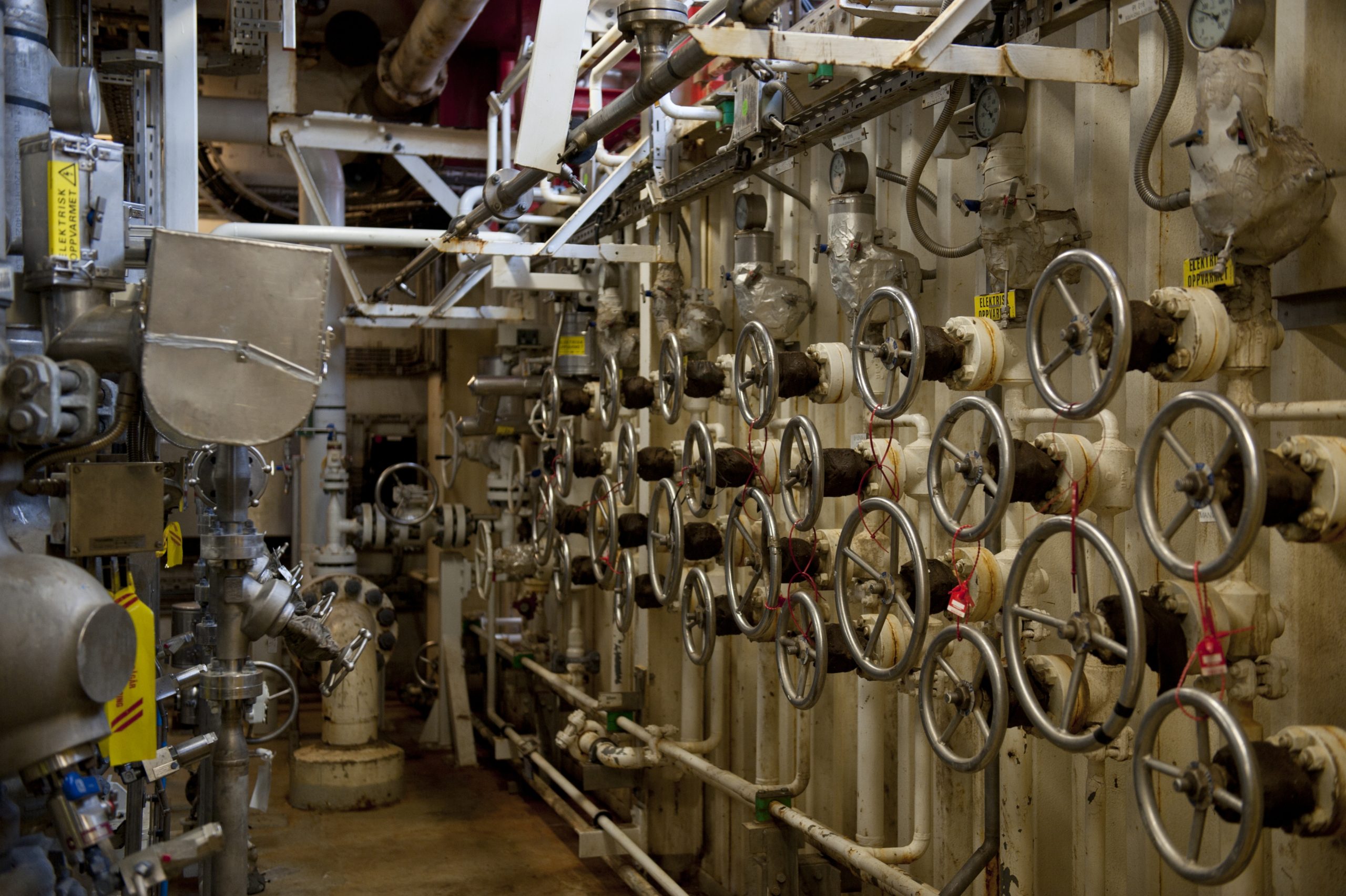 C-plattformen,
C-plattformen,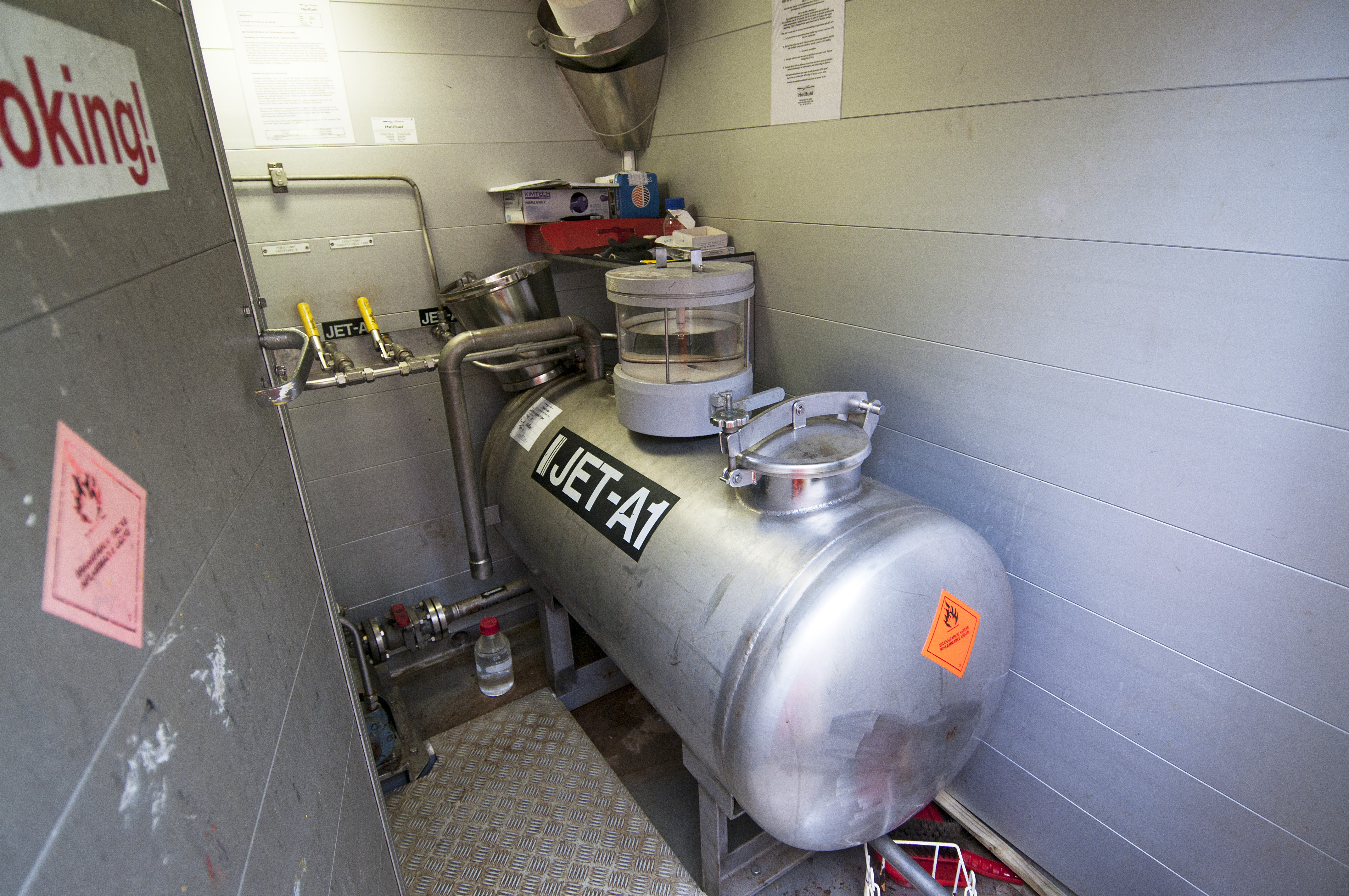 hjelpesystemer, jet fuel, engelsk, C-plattformen
hjelpesystemer, jet fuel, engelsk, C-plattformen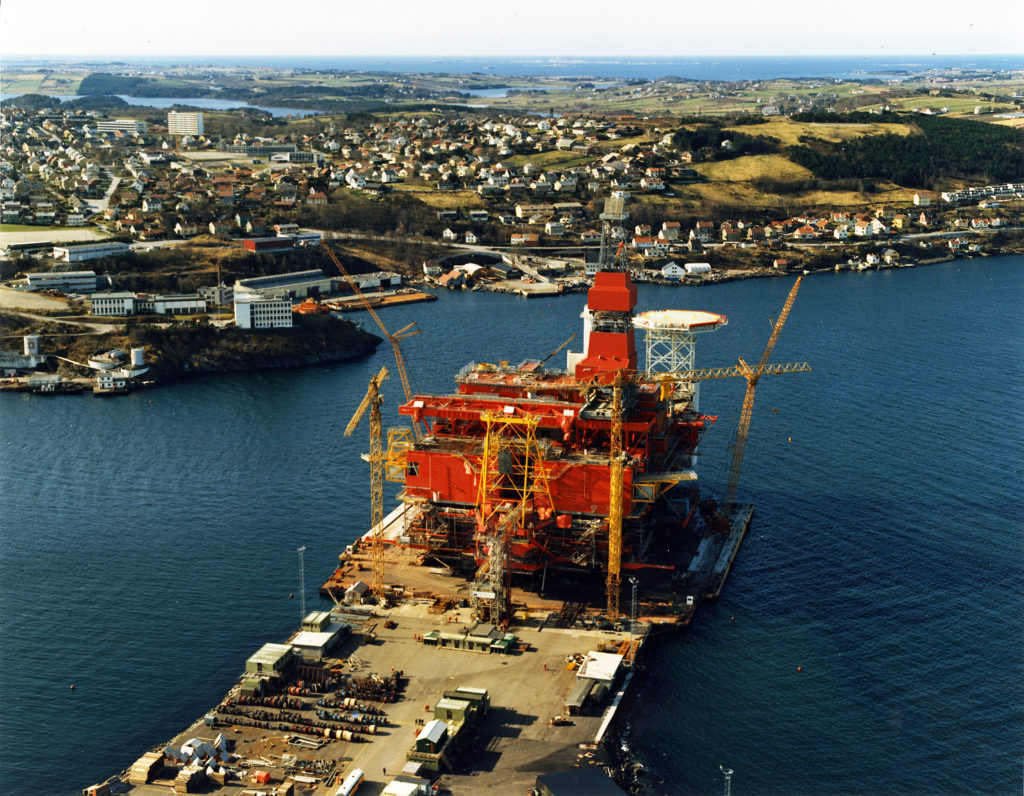 Statfjord C, engelsk, bygging,
Statfjord C, engelsk, bygging,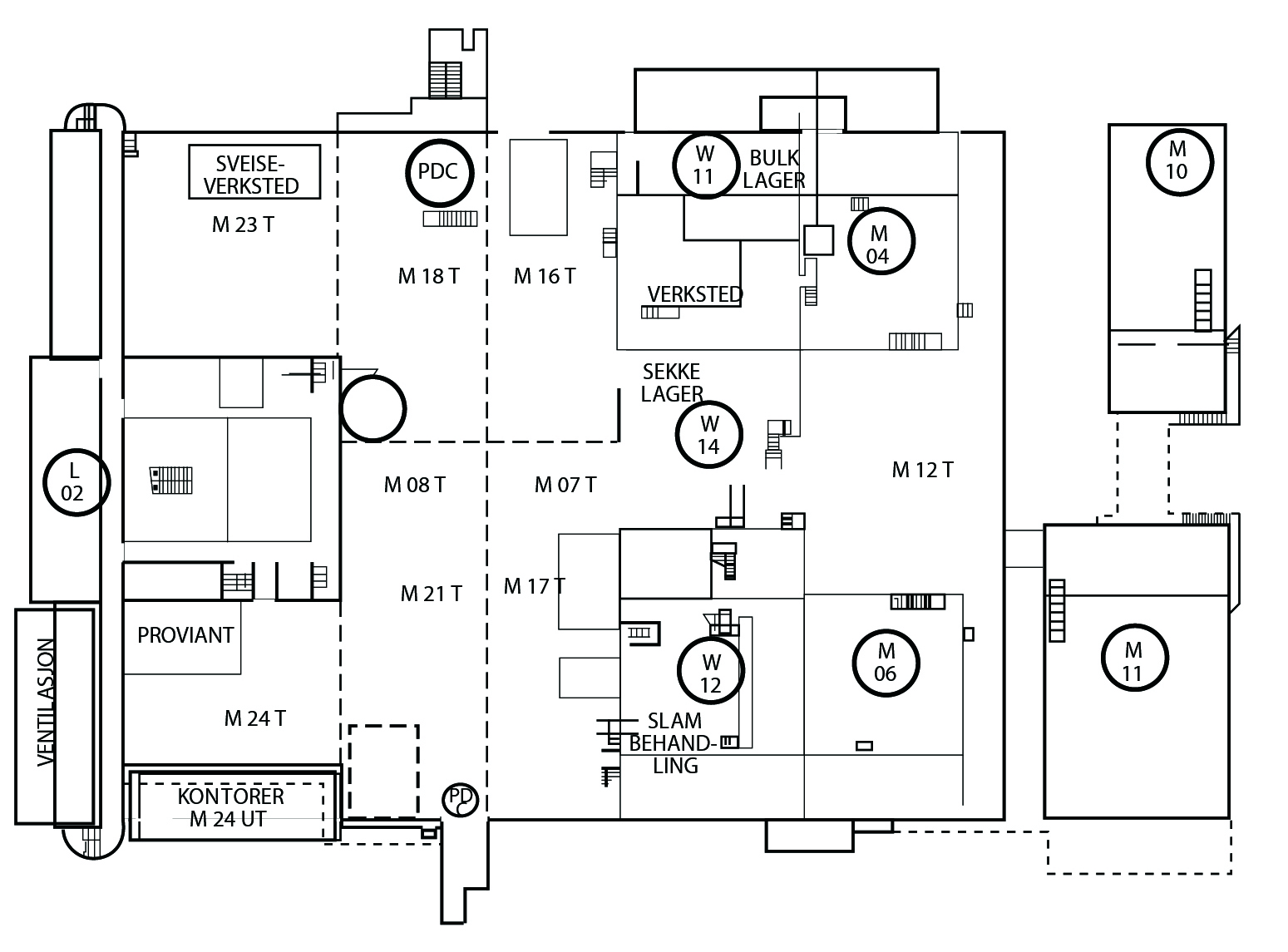 C-plattformen,
C-plattformen,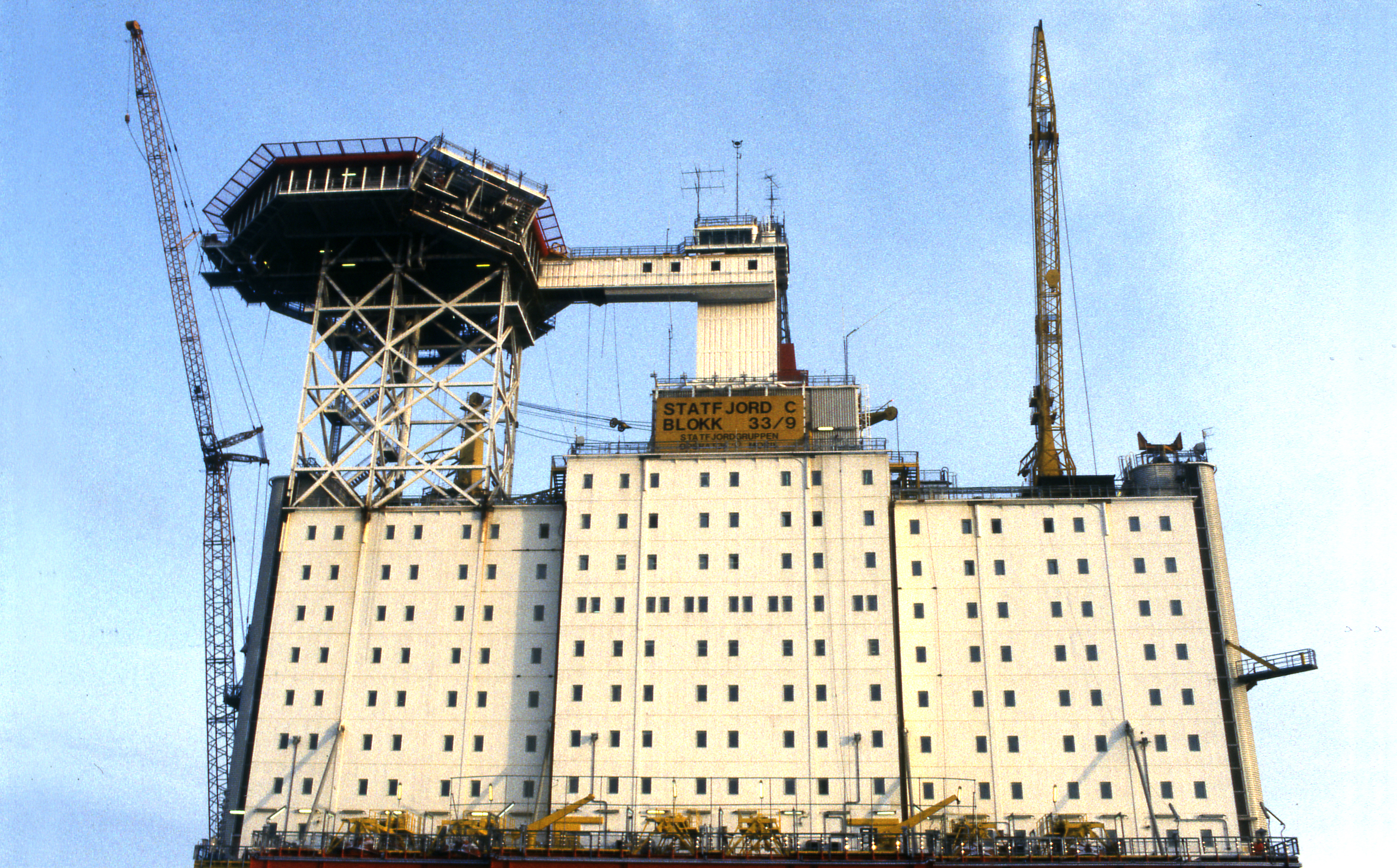 c-plattformen,
c-plattformen,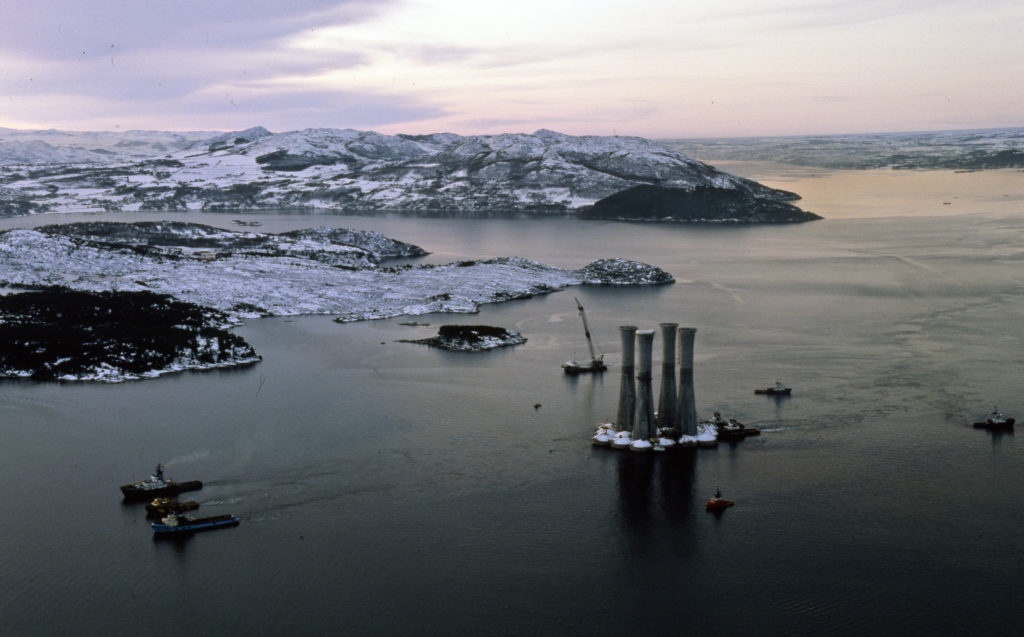 Statfjord C, bygging, engelsk,
Statfjord C, bygging, engelsk,